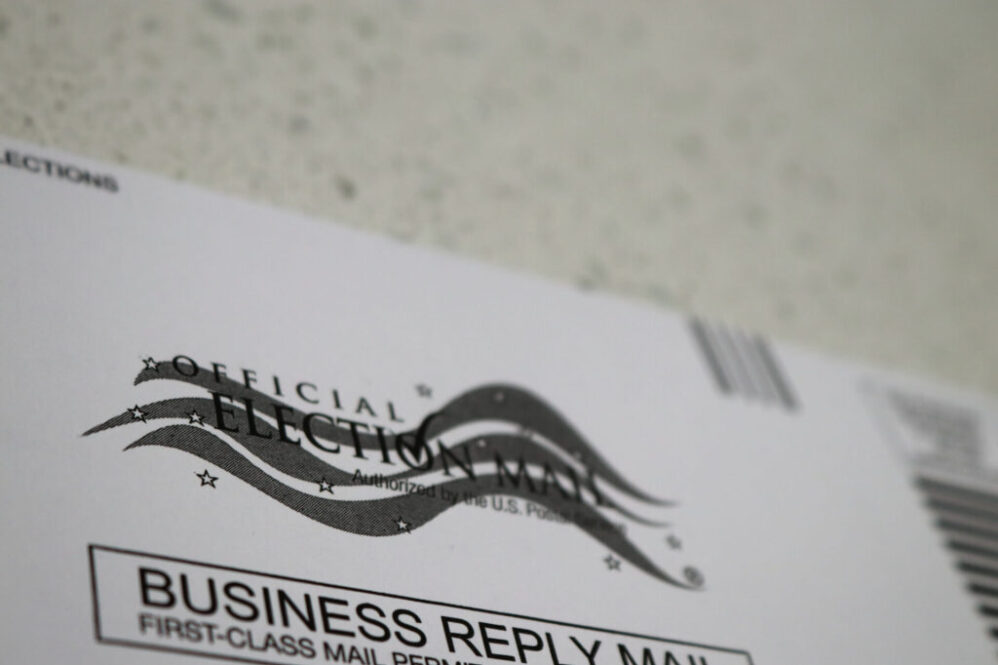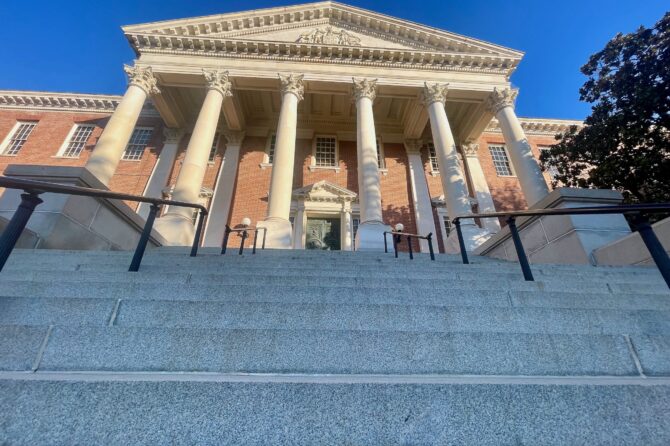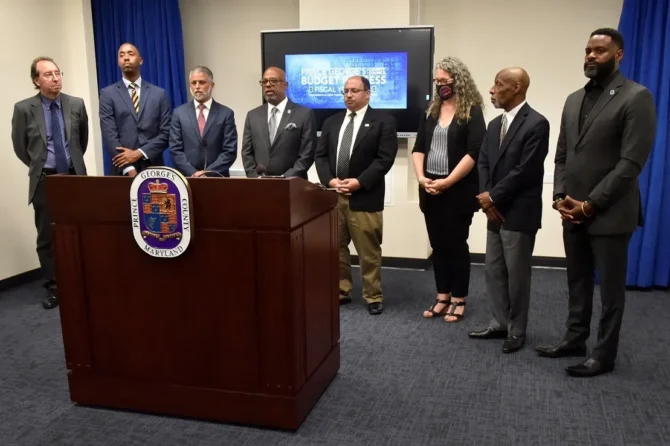Campaigns across the state will be watching closely today as local election boards start counting tens of thousands of mail ballots.
In several close races across the state, the number of pending mail, or absentee, ballots could re-order candidates’ standings after in-person voting results were released on Election Day.
Local elections offices reported receiving a total of 213,019 mail ballots by election night; additional ballots can still arrive by mail and be counted, if they were postmarked by Election Day.
The city of Baltimore is home to the highest number of mail ballots to be counted: 35,335. Montgomery County officials will count 29,388 ballots, and Prince George’s County has 28,828 ballots to count.
Starting at 10 a.m. today, at counting centers throughout the state, bipartisan teams will review mail ballots for timeliness and proper signatures on the return envelope, then they’ll check the ballots to make sure they can be properly run through scanners. The process in each county is open to public observation, including by representatives from interested campaigns.
Individual counties will decide how to proceed with their mail ballot canvasses. Some anticipate scanning all ballots received by Election Day by the end of the night tonight. Others will be counting for several days, including on weekends.
The State Board of Elections will release results as they are received, so new numbers will be posted publicly throughout the day.
“We will push out results as soon as we receive them,” said Maryland Deputy Elections Administrator Nikki Charlson.
Among the closely watched returns will be those in the Democratic primary for governor. After primary day and early voting ballots were counted, Best-selling author and former foundation executive Wes Moore and his running mate, former Del. Aruna Miller, led the race with 36.7% of the vote. Former U.S. and Maryland Labor Secretary and former Baltimore City Councilmember Shannon Sneed were running second, with 27.4% of the vote. The gap between the campaigns was slightly more than 35,000 votes.
There are at least 168,873 Democratic mail ballots left to count.
Moore said on Wednesday that he will not declare victory until all votes have been counted.
“We’re going to count every vote, but we feel great about the strength of our movement and the future of our state,” he tweeted.
Other campaigns said they were planning to carefully watch the canvassing process.
The extended timeline for getting final election results this year is due to the increased popularity of mail-in balloting, which exploded during the COVID-19 pandemic, when mail ballots were sent to every voter during the 2020 primary and a mail-ballot application was sent to everyone for the general election.
In 2020, an emergency executive order by Gov. Lawrence J. Hogan Jr. (R) tied to the pandemic allowed local boards of election to start counting more than 1 million mail-in ballots more than a month before election day.
The General Assembly passed a bill this year that would have allowed ballot processing and counting of mail-in ballots eight days before early voting started, but Hogan vetoed the measure.
More than 10 times as many mail-in ballots have been requested this year compared to 2018, the last time the current rules were used for counting mailed ballots, so it is unclear how long the canvassing process will take.
The popularity of mail ballots also likely contributed to the impression that voter turnout was lose this summer. But unofficial turnout numbers released Wednesday show voter participation is on par with past gubernatorial primaries.
Counting the 637,760 people who cast ballots at early voting centers and on Election Day, plus the mail ballots cast, about 22.8% of eligible voters turned out; that figure will climb higher as more mail ballots are received and counted. In 2018, about 24% of voters turned out, and 21.2% cast ballots in 2014.
During the day Wednesday, the state finished posting Election Day in-person voting results after a handful of counties were missing information from some precincts. A dozen flash drives from Baltimore City polling places were initially misplaced but located later, with those results posted publicly around 8:30 p.m.
This article was written by Maryland Matters, read more articles like this here.
Photo: An official Maryland mail ballot ready to be cast. Photo by Danielle E. Gaines









